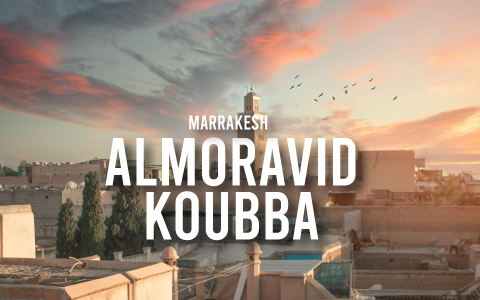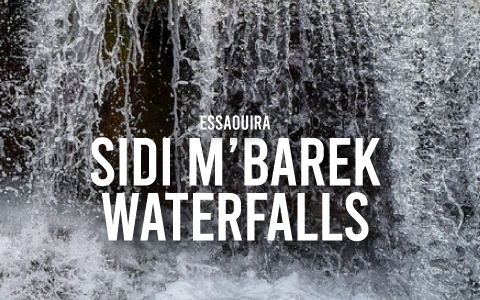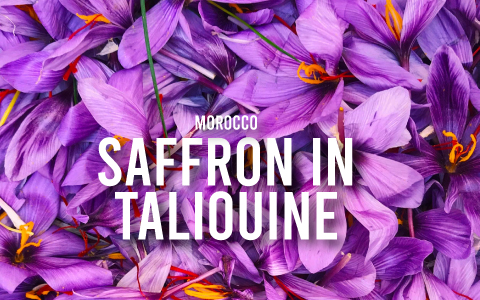
All the Charm of the Almoravid Koubba in Marrakech
Marrakech is an extraordinary city that is home to numerous religious architectural wonders. Among them, the Almoravid Koubba is an extraordinary testament to the ingenuity and artistry of the ancient Almoravid dynasty.
What is the Almoravid Koubba
“Koubba” is an Arabic term that refers to a dome or, more generally, a vaulted structure. The Almoravid Koubba was built in the 12th century during the reign of Almoravid Sultan Yusuf ibn Tashfin and completed in 1117 by his son Ali ibn Yusuf. Originally, it was part of a larger mosque and served as a place for ablutions before prayer. It was equipped with restrooms with faucets and showers—an innovation for its time.
It is considered the oldest monument in Marrakesh and the only Almoravid structure in the city to have survived almost intact, as all others were altered or destroyed by subsequent dynasties.
Almoravid Art and Architecture
Between the 11th and 12th centuries, the Almoravid dynasty established a Berber empire that stretched from the Sahara to the Maghreb and the Iberian Peninsula. Their art was characterized by its distinctive features, including simplicity and geometric shapes, along with the absence of representations of living beings in adherence to Islamic principles. Stucco was widely used by Almoravid artists to create intricate decorations on walls, columns, and arches. Key architectural elements include bulbous domes and horseshoe arches.
Almoravid art primarily served a religious purpose. The decorations and ornaments were aimed to create a sacred atmosphere to celebrate the beauty of God. Heavily influenced by Islamic art, it also left its mark on subsequent artistic traditions. For these reasons, it represents an important chapter in the history of Islamic art.
What to See at the Almoravid Koubba
Here are the highlights of a visit to the Almoravid Koubba:
- The Dome: This is the Koubba’s most distinctive feature, a majestic work demonstrating the advanced engineering knowledge of the Almoravids. Its exterior surface is covered with geometric decorations and Arabic inscriptions, creating a stunning visual effect.
- Interior Decorations: Inside, the Koubba is richly adorned with handcrafted stucco. Geometric and floral patterns repeat rhythmically, creating a lively yet refined ambiance. Upon closer inspection, you can see Arabic inscriptions on the walls—Quranic verses that celebrate the beauty of God and the grandeur of Islam.
- Mosque Remnants: As mentioned, the Koubba was part of a much larger mosque, of which only a few remnants remain. Exploring these gives a glimpse into the original religious complex’s magnificence.
- Hydraulic System: Beneath the Koubba, you can admire the intricate network of pipes and cisterns used for water collection and distribution. This hydraulic system shows the Almoravids’ advanced knowledge of hydraulic engineering.
How to Reach the Koubba and Nearby Attractions
The Almoravid Koubba is located in the heart of Marrakesh’s Medina, a labyrinth of narrow, colorful alleys, bustling bazaars, and historic palaces. It is within walking distance of many of the city’s main attractions, such as the Ben Youssef Madrasa or the Marrakesh Museum. If you prefer transportation, you can take a taxi; be sure to agree on the fare before boarding.
Not far from the Koubba, you can explore other fascinating sites in Marrakesh. Some examples are the lively Jemaa el-Fna Square, the Bahia Palace, a masterpiece of Moroccan architecture, or the serene Majorelle Gardens. Those interested in religious places should visit the Koutoubia Mosque. Lastly, don’t miss wandering through the picturesque souk of Marrakesh.



